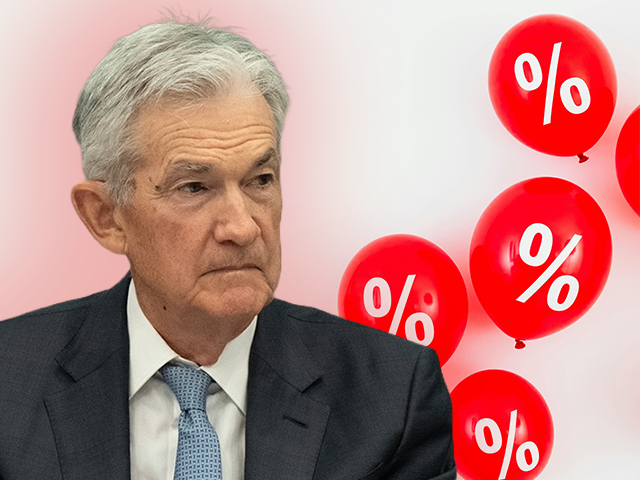Powell’s Silence Signals the Fed’s Reluctance for September Reduction
Federal Reserve Chair Jerome Powell explicitly refused to offer forward guidance about interest rate policy in his Capitol Hill testimony this week, which we think is an indication that a rate cut in September is unlikely.
Powell addressed the Senate Banking Committee on Wednesday, highlighting recent inflation data that gave the Fed more confidence that price increases were normalizing. However, he emphasized that the Fed remains cautious about reducing rates prematurely.
“The committee has stated that we do not expect it will be appropriate to reduce the target range for the federal funds rate until we have gained greater confidence that inflation is moving sustainably toward two percent,” Powell stated.
While Powell acknowledged recent progress in inflation data, he refrained from committing to a specific timeline for rate cuts. His careful wording and explicit refusal to give a timeline for rate cuts suggests to us that the Fed is not going to cut rates before the November election.
“I’m not going to be sending any signals about the timing of any future actions,” Powell said when pressed on when we could expect a cut.
Powell’s comments come at a critical juncture for the Fed. Having maintained the highest interest rates in decades for about a year, the central bank is now considering when to begin easing. However, Powell made it clear that the Fed is focused on balancing the risks of loosening policy too late or too soon.
“If we loosen policy too late or too little, we could hurt economic activity. If we loosen policy too much or too soon, then we could undermine the progress on inflation,” Powell said on Wednesday.
Powell Declined to Prepare the Way for a September Cut
This was perhaps the best opportunity for Powell to begin to prepare markets and lawmakers in advance of a September cut. If the Fed were seriously considering a cut before the election, it would likely want to lay the groundwork well ahead of time to avoid the appearance of interfering in politics. The fact that Powell declined to do that suggests the Fed is likely to keep rate cuts in its pocket until after the election.
North Dakota Republican Senator Kevin Cramer said that while he supports Fed independence, a September cut would risk making the Fed appear political. It would create “a bad perception,” in Cramer’s words. Powell did not push back on that.
This is not the consensus takeaway. Wall Street believes that Powell kept rate cuts “on the table” but did not commit to them. The market-implied odds of a September rate cut have been rising steadily for a month, largely because recent inflation data has come in mild and the jobs numbers appear to indicate a cooling of the labor market.
Avoiding Political Backlash
One reason this consensus is likely wrong is that it underestimates Powell’s desire to protect the independence and authority of the Fed. A move to cut interest rates on the eve of the election would ignite a political firestorm that could result in significant changes to the statutory mandate of the Fed, including perhaps a narrowing of its current dual mandate to a single mandate of price stability.
What’s more, even though the labor market is no longer as tight as it was last year, it does not appear to be rolling over. Unemployment rose in June—but for the “good reason” of more people looking for work. And even with the downward revisions to jobs numbers, the economy is still adding an average of more than 200,000 a month over the past three months. That’s not an economy screaming out for a rate cut.
Because the Fed believes interest rate changes affect the economy with long and variable lags, it is likely to conclude that it will make little difference whether rates are cut in September or later this year. Absent an unforeseen economic crisis over the next couple of months, the Fed is likely to opt for the safe path of holding cuts until after the election.

COMMENTS
Please let us know if you're having issues with commenting.